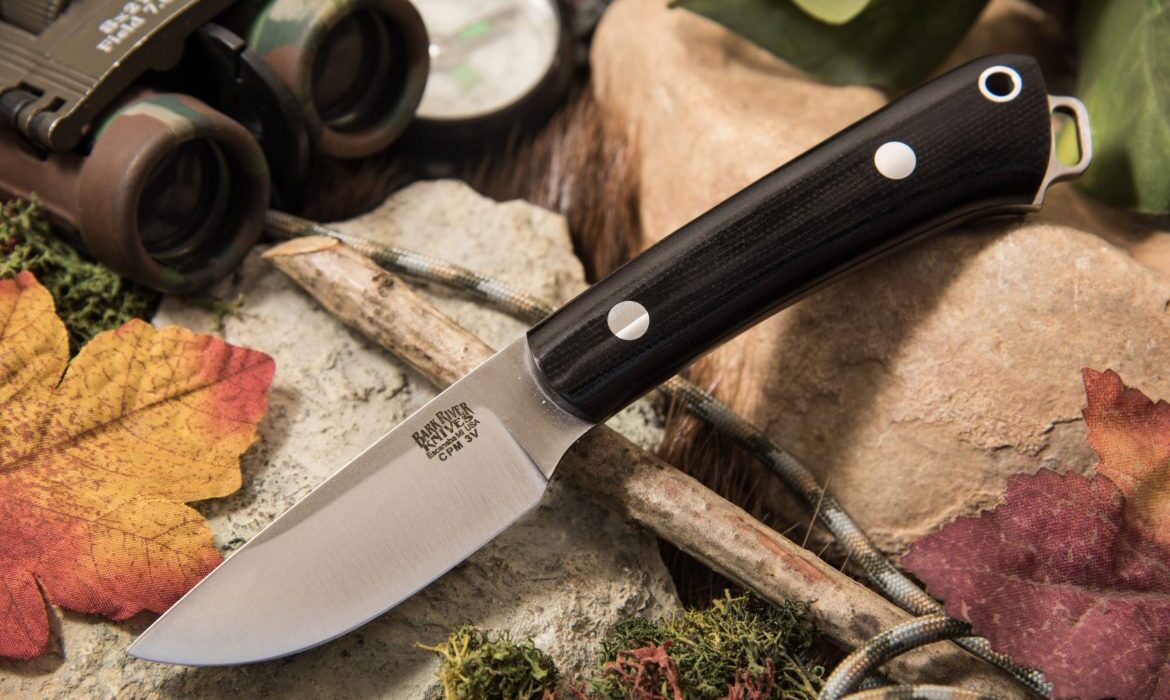When it comes to working in a kitchen, the importance of balance and weight distribution in your tools cannot be overstated. This concept plays a critical role in enhancing your efficiency and safety while preparing meals. Whether you are a professional chef or an enthusiastic home cook, understanding the dynamics of balance and weight distribution can transform your culinary experience.
Imagine slicing through a ripe tomato with a perfectly balanced knife, or deftly flipping an omelet with a well-weighted spatula. The ease and precision of these actions are made possible by tools that are finely tuned for balance and weight distribution.

The Importance of Balance in Kitchen Tools
Balance in kitchen tools refers to the even distribution of weight, which allows for smooth and controlled usage. A properly balanced tool feels comfortable in the hand and reduces fatigue during prolonged use. This is particularly important for chefs who spend long hours in the kitchen.
Weight Distribution in Knives
A knifes weight distribution affects its handling and effectiveness. Knives with an ideal weight distribution allow for more precise cuts and reduce the risk of accidents. The balance between the blade and the handle is crucial. For more insights, consider reading about blade grinds.
Impact on Cutting Efficiency
Improperly balanced knives can lead to uneven cuts and increased effort. A well-balanced knife, on the other hand, glides through ingredients with ease, enhancing your cutting efficiency and speed.
Safety Considerations
Safety in the kitchen is paramount. A knife with poor weight distribution can slip, leading to injuries. Understanding the balance of your knife can help prevent accidents and improve overall safety.
Comparing Different Kitchen Tools
Each kitchen tool has its unique balance and weight distribution characteristics. From spatulas to ladles, understanding these nuances can help you select the right tool for each task.
Spatulas and Their Role
Spatulas require precise balance to flip and turn foods efficiently. The length and material of the handle play a significant role in their overall balance.
Ladles and Scooping Efficiency
A well-balanced ladle ensures smooth pouring and scooping. The weight of the handle relative to the bowl is key to its functionality.
Material Considerations
The materials used in the construction of kitchen tools affect their balance and weight distribution. Stainless steel, wood, and plastic each have unique properties that influence a tools handling.
Stainless Steel
Stainless steel is durable and offers a balanced weight, making it a popular choice for many kitchen tools.
Wood
Wooden handles provide a lightweight option that can enhance comfort and reduce fatigue during long periods of use.
Ergonomics and Design
The design of a tool, including its handle and contours, can significantly impact its balance. Ergonomic designs are crafted to fit comfortably in the hand, reducing strain and improving control.
Handle Design
A well-designed handle complements the tools balance, ensuring comfort and precision. Learn more about handle ergonomics for better insights.
Choosing the Right Tool for the Task
Selecting the right kitchen tool involves considering its balance and weight distribution. For instance, a heavier cleaver is ideal for chopping through bones, while a lightweight paring knife excels in delicate tasks.
Task Specific Tools
Understanding the purpose of each tool helps in choosing one that is balanced for the specific task at hand. Consider the tool’s design and weight for optimal performance.
Maintaining Balance Over Time
Regular maintenance of your kitchen tools ensures they remain balanced and functional. Proper cleaning and storage are essential for preserving their integrity.
Cleaning Tips
Avoid harsh chemicals that can damage the tool’s material. Instead, use mild detergents and dry thoroughly to prevent rust and maintain balance.
Storage Solutions
Store your tools in a way that prevents damage. Knife blocks or magnetic strips can help maintain their balance and sharpness.
Innovations in Kitchen Tool Design
Recent innovations focus on enhancing the balance and weight distribution of kitchen tools. New materials and ergonomic designs offer improved comfort and efficiency.
Advanced Materials
Materials like carbon fiber and titanium are being used to create lightweight yet sturdy tools that offer superior balance.
Ergonomic Innovations
Manufacturers are continuously improving handle designs to offer better grip and balance, enhancing user comfort.
Conclusion
The role of balance and weight distribution in kitchen tools is crucial for efficiency, safety, and comfort. Understanding these elements allows you to choose tools that enhance your culinary skills and improve your kitchen experience.

FAQs
What is the best way to test a knife’s balance?
Hold the knife by the handle and see if it feels evenly weighted. The knife should not tip forward or backward when held.
Why is weight distribution important in kitchen tools?
Proper weight distribution allows for better control, precision, and safety during use, reducing fatigue and enhancing performance.
How can I maintain the balance of my kitchen tools?
Regular cleaning, proper storage, and occasional sharpening can help maintain the balance and functionality of your kitchen tools.
This article contains affiliate links. We may earn a commission at no extra cost to you.


